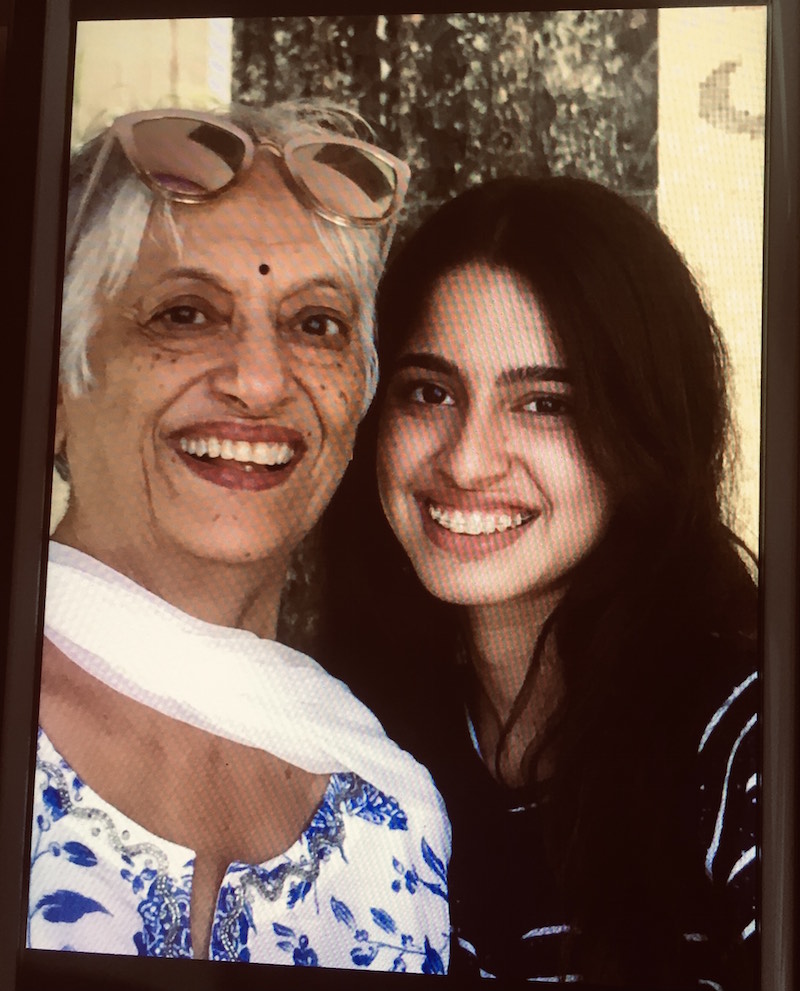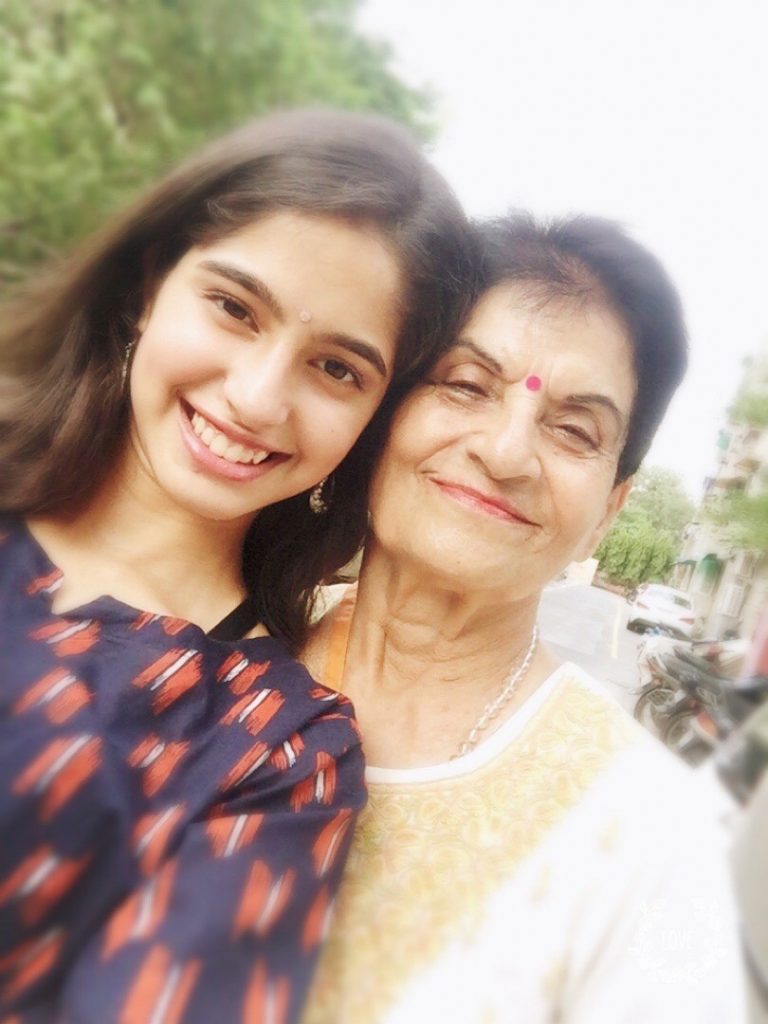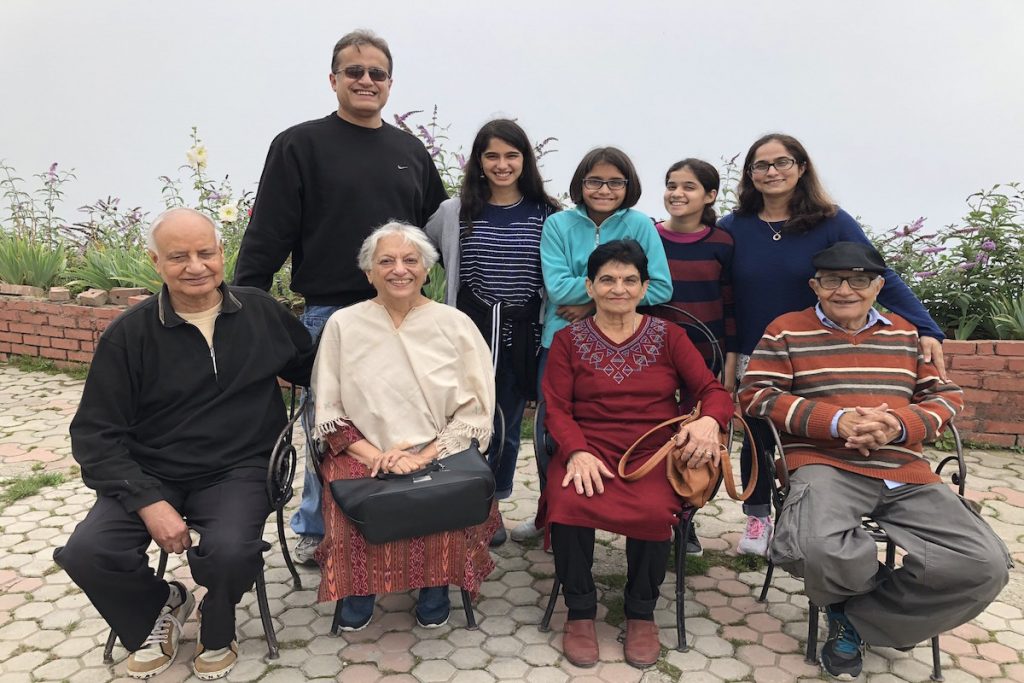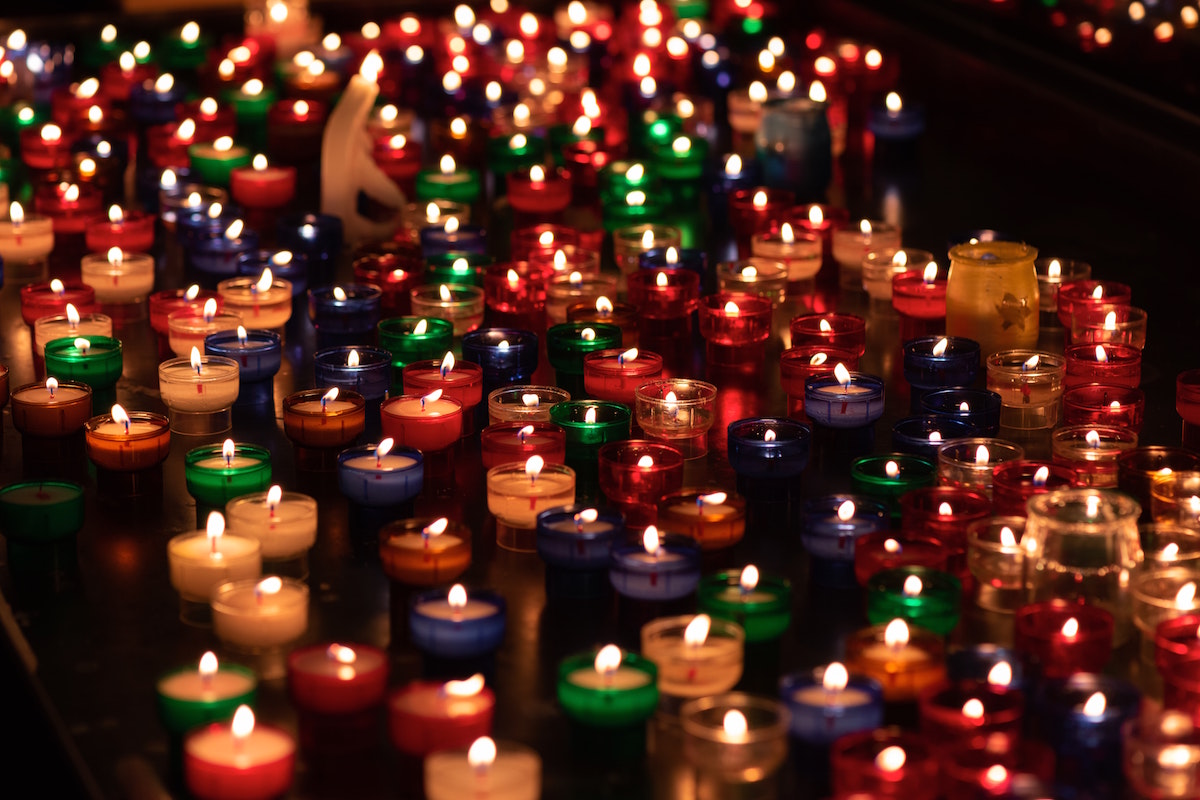If you walked into our closet yesterday afternoon, you would have thought that a burglar had plundered our house. My mother’s work suits lay strewn across the master bathroom floor. My father’s shoes had been scattered about the tub. In the midst of this mess, you would have spotted me, my eyes pinned to the contents of a black locker.
Were this exact scenario to have transpired about five years ago, my hands would have been cradling our familial jewelry heirlooms. I would have even draped a couple pieces on myself and admired myself in the mirror.
But this time, the rings and earrings and necklaces themselves were of diminished importance. I ripped them out of the box, my hands seized by a sense of urgency, only to toss them carelessly on the floor. Instead, I held their deep blue and crimson red cases upto my nose and inhaled deeply. My nose instantly prickled with the scent of my Nani, my maternal grandmother. As I rubbed the case against my arms, it felt as though I was engulfed in her tender embrace, her furrowed hands tucking stray strands of hair behind my ears.

Then, when I screwed a pair of earrings into my ears, I sensed my Dadi, my paternal grandmother, cupping her hands around my shoulders, her silvery white hair bouncing on my shoulders. My grandmothers’ love oozed from each engraving nestled between little golden scrolls or silver balls. For the first time in a long time, I truly felt graced by their presence.
‘Isolation and Separation Are Our Only Resorts’
You see, today marks two years since I last saw either of my grandparents. Though the blessing of WhatsApp enables some semblance of face-to-face interaction, I can only see and hear my grandfathers bickering about Indian politics through the two-dimensional image of them entrapped in a screen—not shiver at the extent of their furor or smell the chai mint leaves lingering on their warm breath. And if we have learned anything in the last year of continuous isolation, it is that few experiences compare to that of physical, human interaction; nothing can replace the feeling of being around those whom you love most.
But in a world where exhaling into the same air that our elderly loved ones breathe is equivalent to infusing it with deadly poison, isolation and separation are our only resorts. And as a first-generation Indian-American, this physical estrangement from my grandparents and other family has taken a surprisingly emotional toll.

I remember my Dadi calling the day before my birthday and singing a poem that she wrote just for me. We both began to cry as I yearned for nothing more on my 17th birthday than to lay my head on her lap and have her sing to me to sleep. This would be my present of choice because, as COVID has taught us, even to hold another’s hand is a precious gift.
However, while flailing for the hands of my grandparents, I have discovered that there is a way to continue to honor them while being seven seas away from them: to fully embrace our shared Indian culture.
I take immense pride in my Indian heritage. To be born into the crossroads of a culture that encapsulates the epitome of tradition and a country that represents a beacon of freedom has afforded me the liberty of drawing from both in order to cultivate the perfect individual character. But my extended distance from India over the last two years has compelled me to ponder the nuances of inheriting the former legacy. I began to ponder a crucial question: To what extent is it my responsibility as a first-generation American to uphold my cultural traditions?
Cultural Responsibility as a First-Gen American
Part of being born into this role is acknowledging that as we naturally assimilate into the culture we are physically born into, we forgo some fundamental aspects of our ancestral traditions. Of these, the first elements to go are generally superficial: We trade our vibrantly colored kaftans and cotton sarees for jeans and shorts.
But as time goes on, the forsaken components of our native culture become more and more significant. Perhaps, either out of desperation or isolation, we sink our teeth into a type of meat that we would have never consumed in our homeland. Or, perhaps, we decide to keep the celebration of Diwali mellow and instead erect a Christmas tree in the foyer. And this assimilation is OK. It’s natural. It’s a survival mechanism.
In contrast, when we deny that there is anything worth retaining in our native cultures, we do more than exacerbate the inevitable process of cultural erasure that occurs upon immigration to another nation—we commit sacrilege. We violate what’s sacred when we refuse to utter our mother tongue in front of our children for fear that their budding voice should be polluted by our foreign accents; We spurn native relics as outdated and freshly arrived native people as outcasts, defiling the legacy of our ancestors that we carry with us as we found a new life abroad; We belittle their traditions, viewing their elaborate rituals as congruent with the primordial image of them constructed in our adopted history textbooks.
In this process, we end up dishonoring not only our parents, who left behind their loved ones in order to cultivate a better future for us, but also our grandparents, from whom these liturgies are inextricable.
‘We Need Not Traverse the Seven Seas’
Of course, consciously keeping our native traditions alive is not always an easy task. Often, immigrants are so bogged down by the feat of making it from one day to the next with their stomachs satiated that a concept as complicated as cultural erasure is not even a valid concern. In such instances, the greatest cultural memento with which they can enrich their children’s heritage is only a name: Maria Paula for their grandmother or Emma Svetlana for their late aunt.

But when active cultural retention is an option, as it is for me, it provides an opportunity for more than simply ensuring that our linguistic tradition is transmitted from one generation to the next. It empowers us to interweave our own cultural elements with that of the American multicultural identity. It capacitates us to develop a powerful sense of self and to revel in our uniqueness as we realize that our difference is only a mode of enriching others’ lives with the lessons derived from our rich cultural heritage.
Most importantly, it enables us to foment generational connections that transcend geographical divides so that when we crave the caress of our aunts, uncles and grandparents, we need not traverse the seven seas. Instead, we need only drink from the clay cups they too store in their own homes; we need only don their given garments or savor their favorite recipes; and we need only call out their names, the ones that we have now passed to our children, to hear their voice through our own.
This MFP Voices essay does not necessarily represent the views of the Mississippi Free Press, its staff or board members. To submit an essay for the MFP Voices section, send up to 1,200 words and factcheck information to azia@mississippifreepress.org. We welcome a wide variety of viewpoints.






